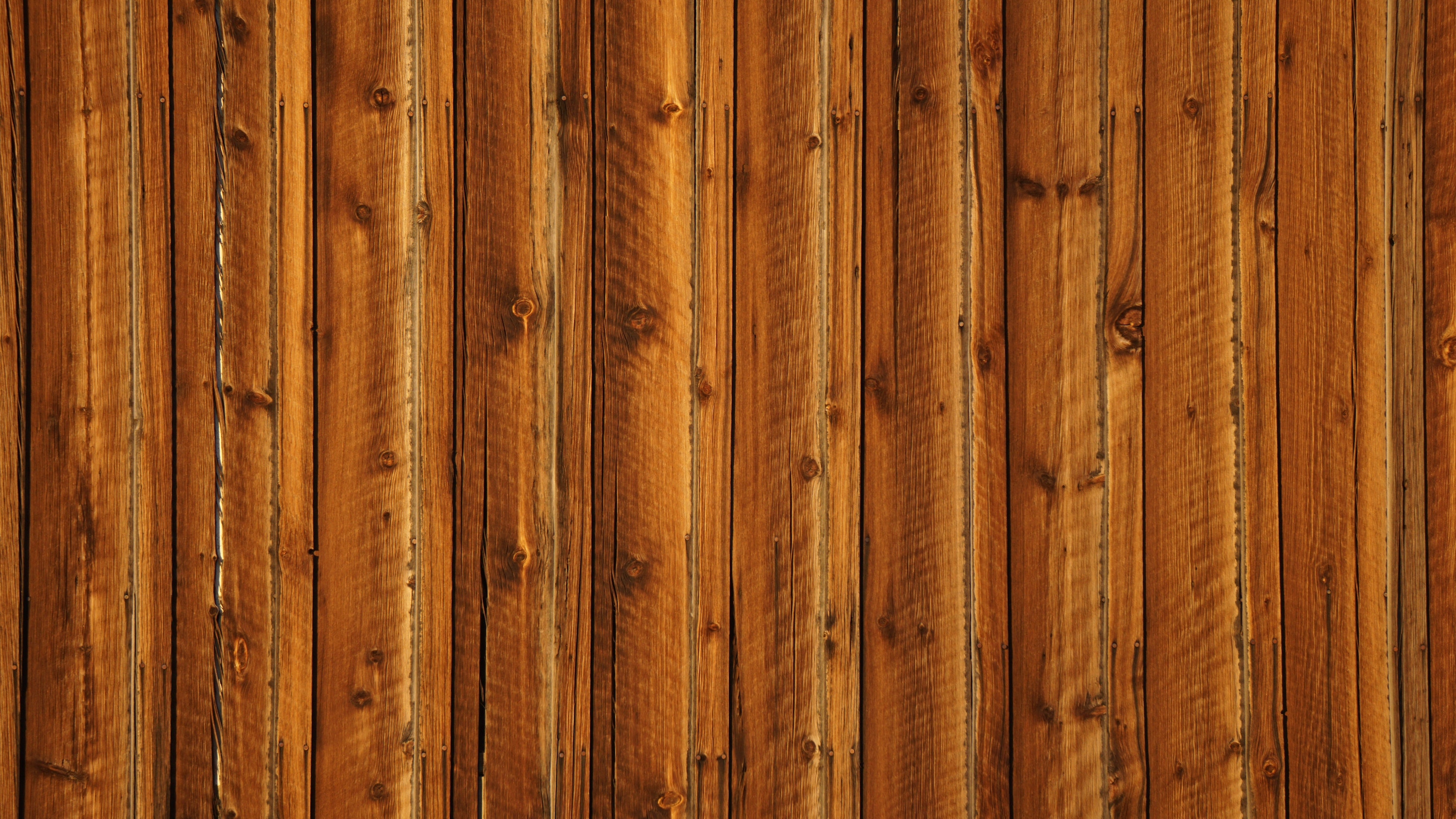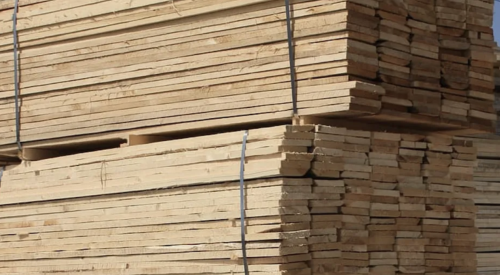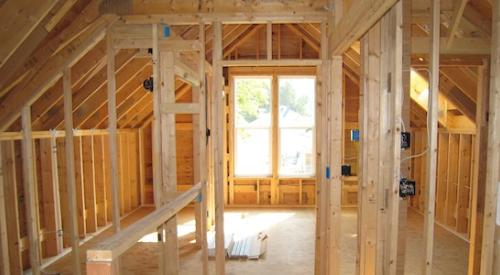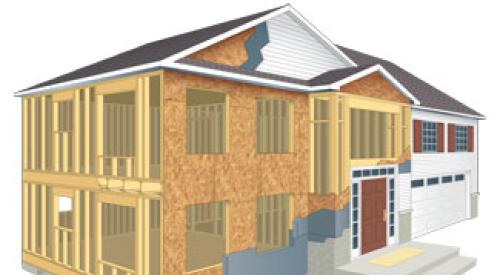As part of the U.S. Environmental Protection Agency’s final rule to reduce exposure to formaldehyde emissions, composite wood products, such as hardwood (decorative) plywood, medium-density fiberboard (MDF), and particleboard, must comply with the new regulation as of June 1, 2018. However, some structural engineered wood products commonly used in the construction industry, such as structural plywood and oriented strand board, are exempt.
The EPA’s regulation is being rolled out in two phases, with the current phase allowing for two certification paths toward compliance: CARB ATCM Phase II or U.S. EPA TSCA Title VI. But as of March 22, 2019, only the latter will be permitted.
APA – The Engineered Wood Association, based in Tacoma, Wash., and representing 172 structural composite lumber mills in North America, says that structural engineered wood products such as I-joists, laminated veneer lumber, and glue-laminated timber (glulam) marked with the APA Mark of Quality are exempt because the mark appears only on structural engineered wood products. APA says these products are manufactured according to existing product standards and building codes using low-emitting, moisture-resistant adhesives. Product invoices, along with an APA certificate of conformance, may also be used as proof that an unmarked product is exempt.
Third-party certifiers are required to verify a manufacturer’s ability to comply with the formaldehyde-emission regulation, including quarterly inspections, testing, and reviews of routine quality testing.
During the creation of the final rule, the EPA worked with the California Air Resources Board (CARB) to ensure conformity between CARB’s requirements and the final national rule for similar composite-wood products.













